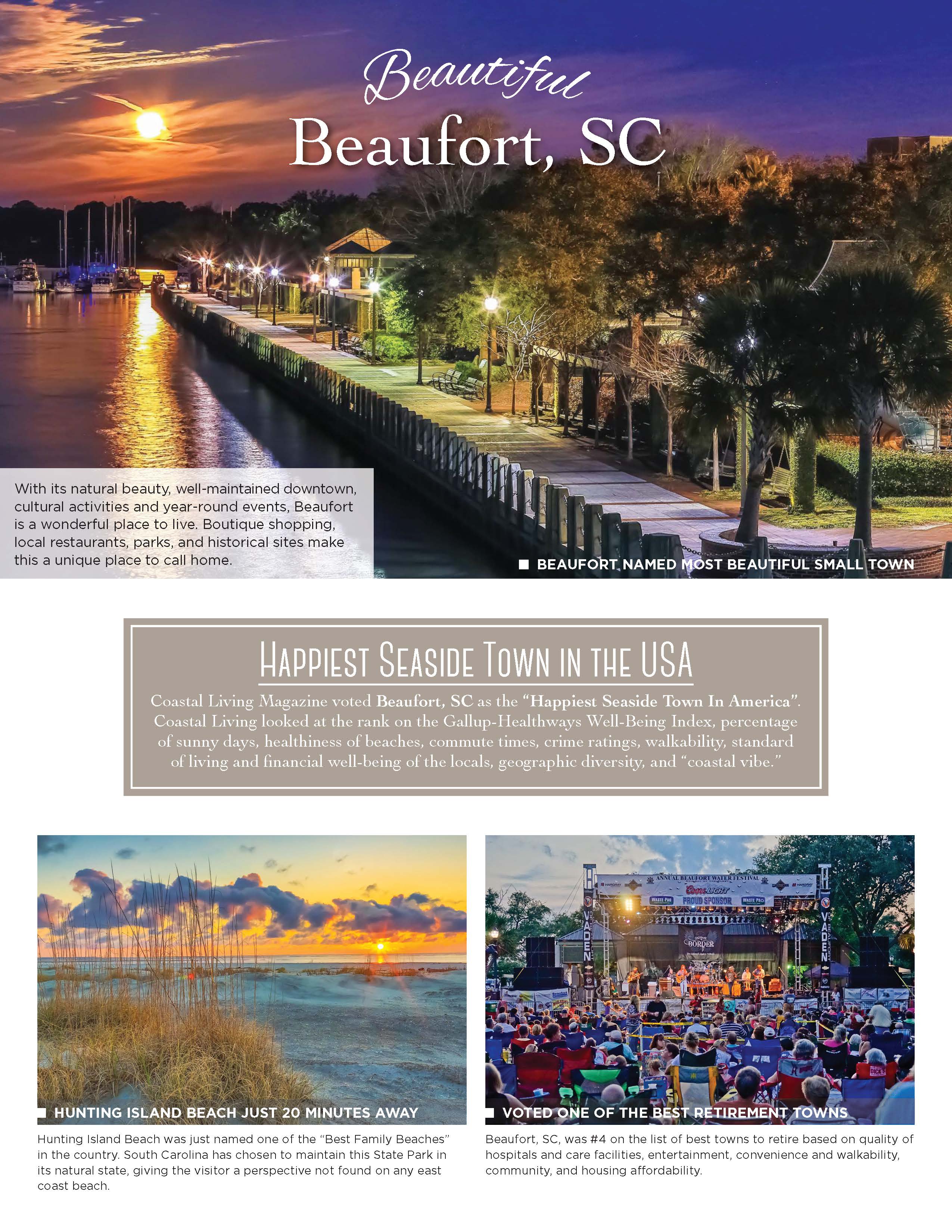

The New York Times states that to make meaningful per capita comparisons for Covid-19 cases, its data focuses upon ‘metropolitan areas’ rather than cities or countries, as they more accurately account for ‘the regions where the virus might spread quickly among families, co-workers or commuters’. It’s interesting to see this being acknowledged by some sections of the media, even if the socio-cultural consequences remain largely unexplored. Under this kind of siege, it’s better to sit tight than to flee. When movement is coded with infection, urbanisation suddenly becomes a form of domination. In normal circumstances, these structures are self-sustaining and peripheral, but what we see in the current crisis is the power of individuals to balloon the city by flocking to its fringes - often at the expense of fellow citizens. Perhaps most relevant to our current situation is Lefebvre’s broad understanding of the urban fabric he includes vacation homes, motorways, suburbs, and even countryside supermarkets in his definition. However painful these may be now, in time they could offer a unique opportunity to remake society with the lessons learned. Flaws are revealed gradually, and with great cost to human life. Watching from behind closed doors as they mobilise in tandem offers an historically unique, often painful perspective. This is apt given the current lockdown the current pandemic may well be an acid test for society’s infrastructure and economic model.

The tremendous concentration (of people, activities, wealth, goods, objects, instruments, means, and thought) of urban reality and the immense explosion, the projection of numerous disjunct fragments (peripheries, suburbs, vacation homes, satellite towns) into space.įor Lefebvre, these ideas were both a loose historical commentary and a starting point for his own socialist reimagining of ‘complete urbanisation’. This rampant expansion of the ‘urban fabric’ which Lefebvre describes will evoke nostalgia to anyone living in a major hub, but unable to enjoy it: Postindustrial society is termed ‘urban’, at which point the city undergoes a process of ‘implosion-explosion’ as it approaches the end of the axis. It starts with the political city - marked by bureaucratic power - before progressing through mercantile and industrial phases. Whether via cabinet-war-room style depictions of central government, or makeshift hospitals in the triangle of London, Birmingham, and Manchester, cities will inevitably emerge as defiant symbols of human endeavour and resilience, irrespective of the harm their cramped organisation may also have caused.īut what of this desire for an active city? In Urban Revolution (1970), Henri Lefebvre uses a rough axis (marked from 0 to 100% urbanisation) to imagine the city space. Having already spread along the avenues of globalisation - holidaying, business travel, and international supply chains - the virus is now recreating a familiar Western narrative: that of the city under siege. To be isolating in the city is to embody an agonising contemporary paradox: that, although the coronavirus is now moving rapidly through regions like New York State and London, the connectivity, medical resources, and infrastructure in these centres means that local health prospects may actually be higher than in less infected areas.

But, as the peak of the pandemic approaches in many countries, there are more profound forces at play beyond just the individual’s loss of activity and communication. And even the things we do to escape this logic of urban gratification - to calm the pace of everyday life - are now increasingly unavailable without culture, community, and recreation, people are beginning to wonder what they’re actually doing here, squashed into crowded cities across the world. The speed, number, and efficiency of available urban experiences are now fixed somewhere close to zero. The optimisation narrative has been stopped in its tracks.
#RIGHT TO THE CITY RETREAT FULL#
Whilst the full effects of the Covid-19 pandemic are yet to be seen, the near-global lockdown of urban centres has been a jarring experience for city-dwellers.


 0 kommentar(er)
0 kommentar(er)
